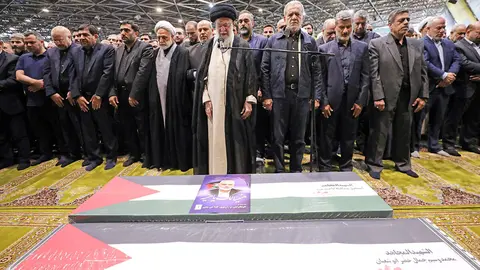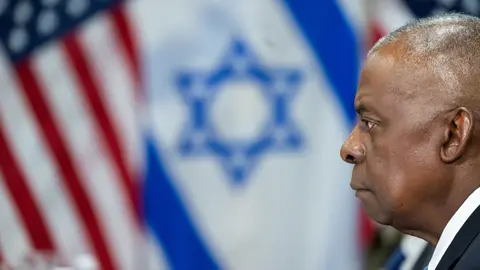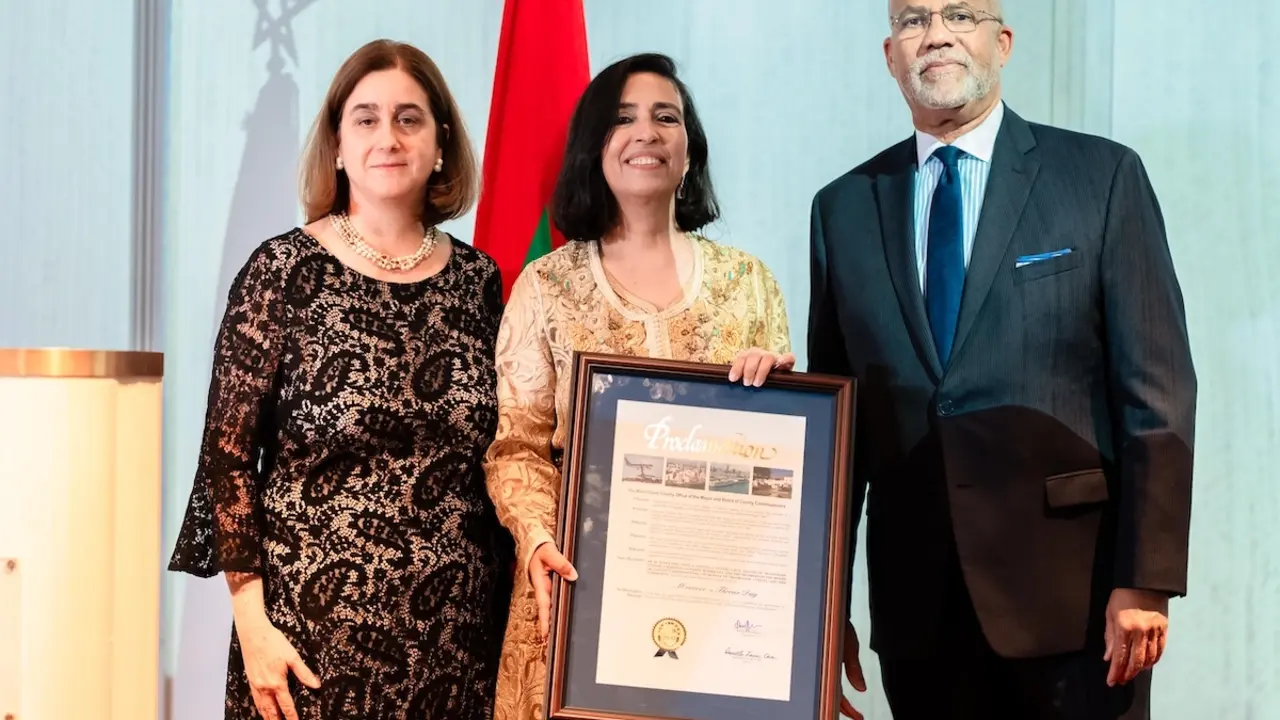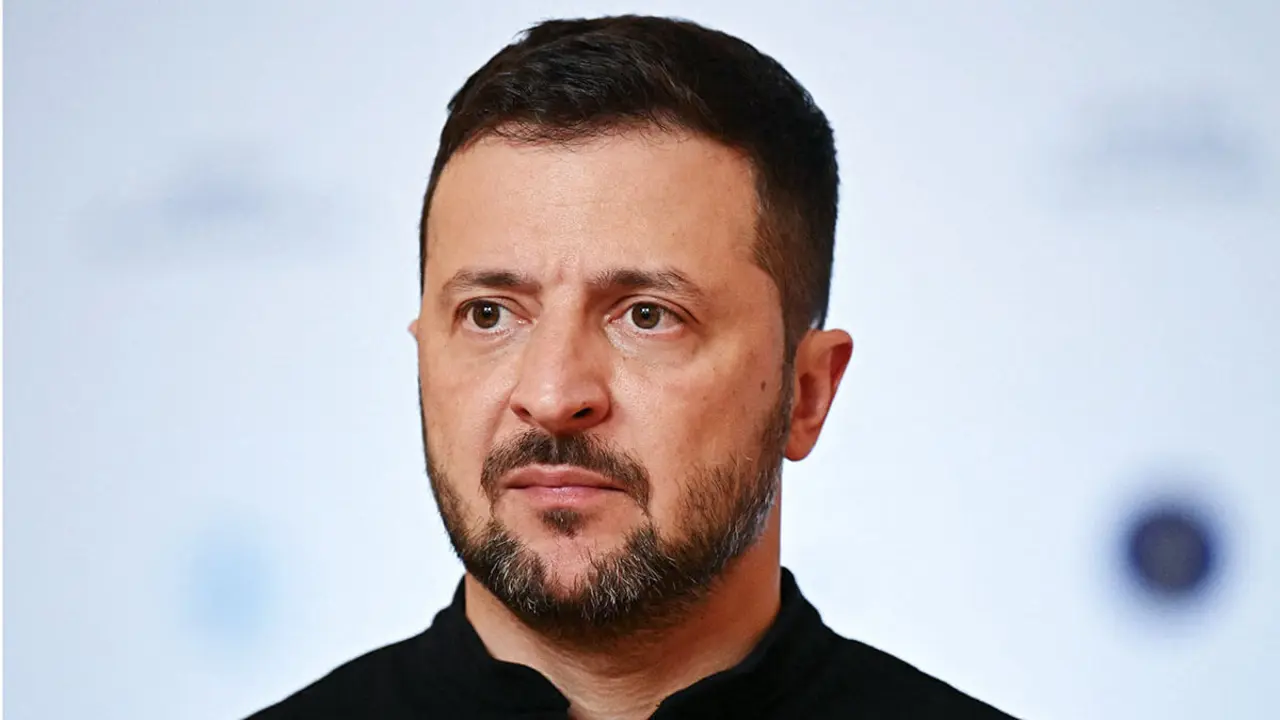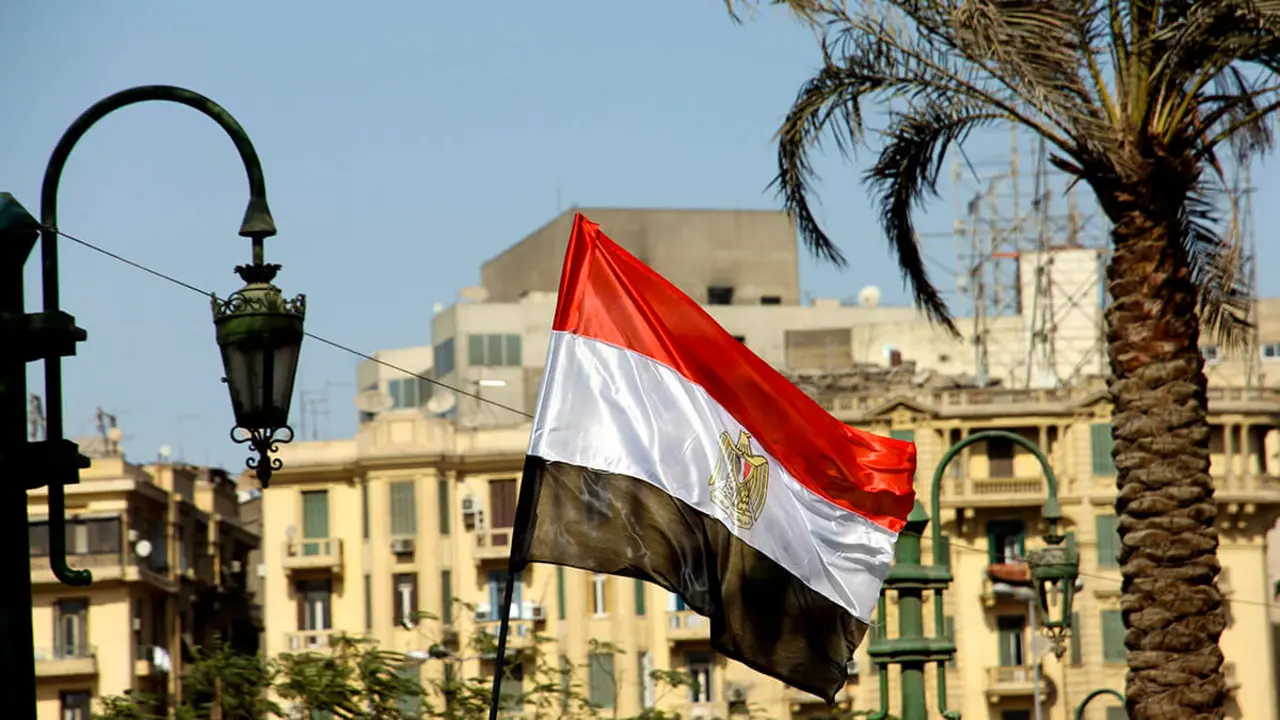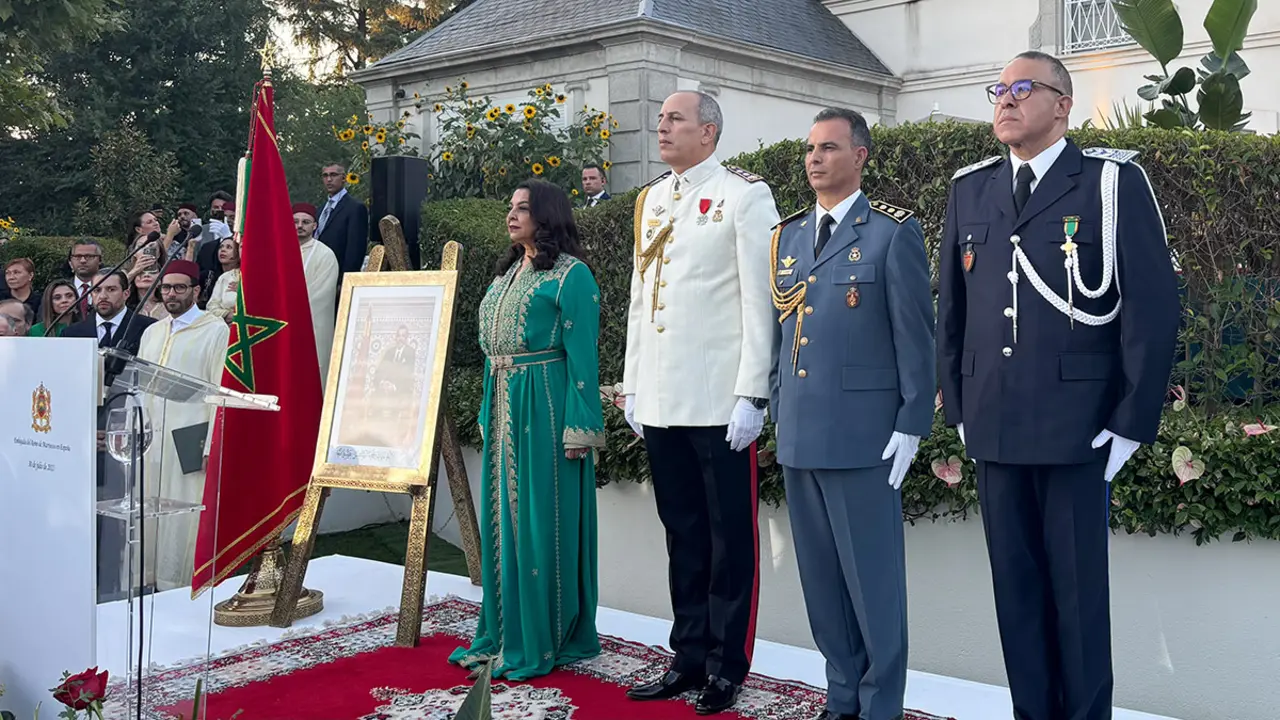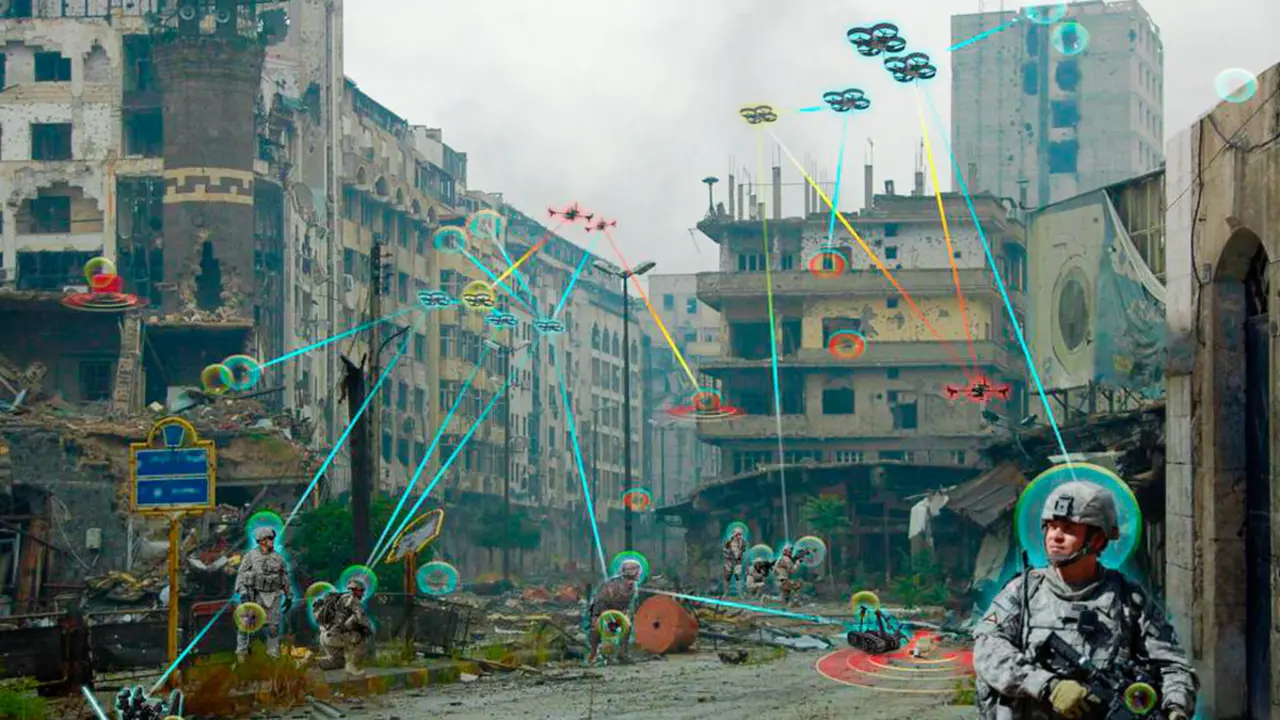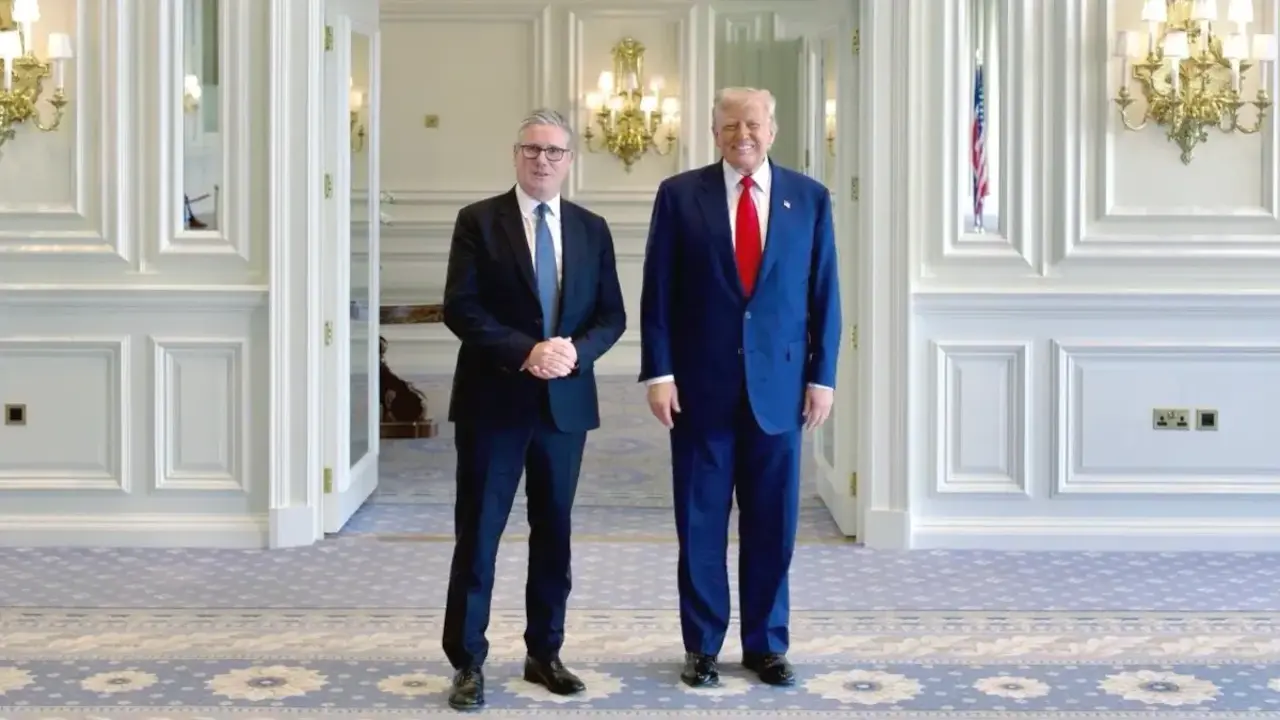Iran positions itself as a key player in the global arms market
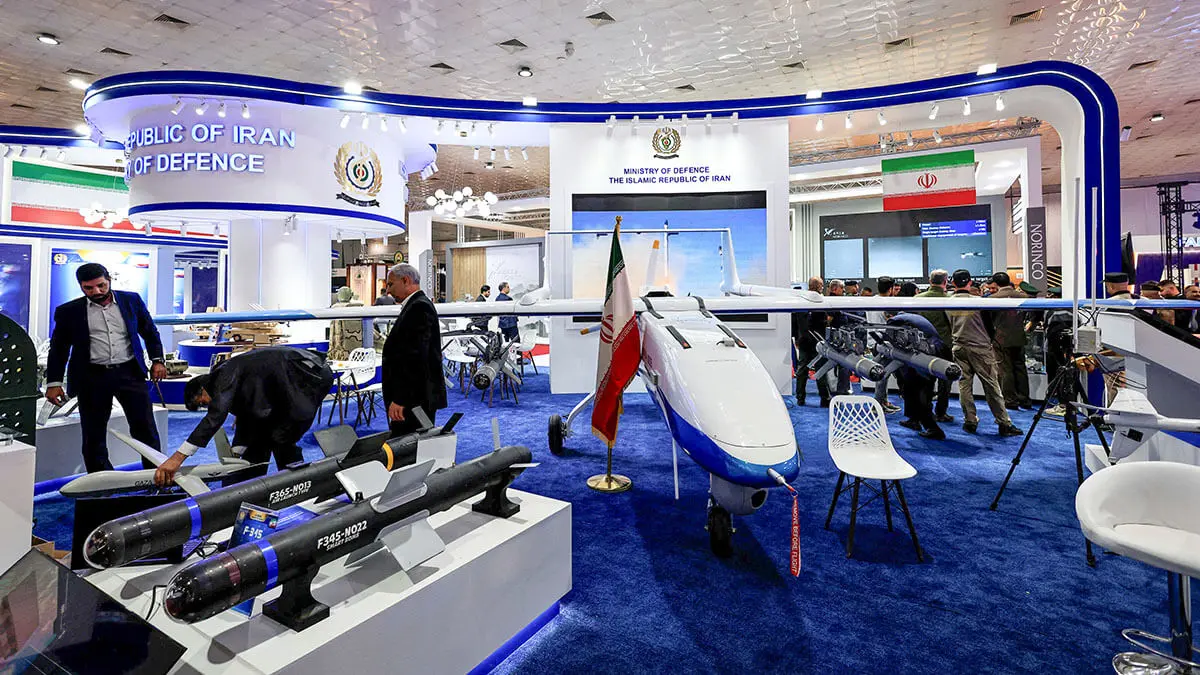
While international efforts to stop the escalation in the Middle East and avoid an all-out war with devastating consequences for the region continue, the Islamic Republic of Iran continues to infiltrate the global arms market, supplying its regional militias.
Late last month, an Iranian missile launched from southern Lebanon by Hezbollah killed twelve Druze children playing on a football field in northern Israel. This tragedy triggered a spiral of tension as, in response, Israel eliminated in Beirut Fouad Shukr, a senior member of the Lebanese militia whom it accuses of ordering the attack. Hezbollah has been warning for days of strong retaliation for Shukr's death, adding to Tehran's threats.
The Iranian regime also supplied Yemen's Houthi rebels with drones that they have used against Israel. The Houthis, like Hezbollah, have been launching attacks against Israeli territory since October. While most of them, targeting the coastal city of Eilat, were intercepted by defence systems, last July a drone launched from Yemen managed to hit a building in Tel Aviv, killing one person.
In addition to its militias in the Middle East, Tehran has also played a key role in the war in Ukraine. The Iranian regime has supplied Russia with Shahed-136 drones - also known as Jeeran-2 - for use in its invasion of its neighbouring country. It is estimated that Moscow launched almost 4,600 drones in the first two years of the conflict. Tehran used the same drone during its attack on Israel last April.
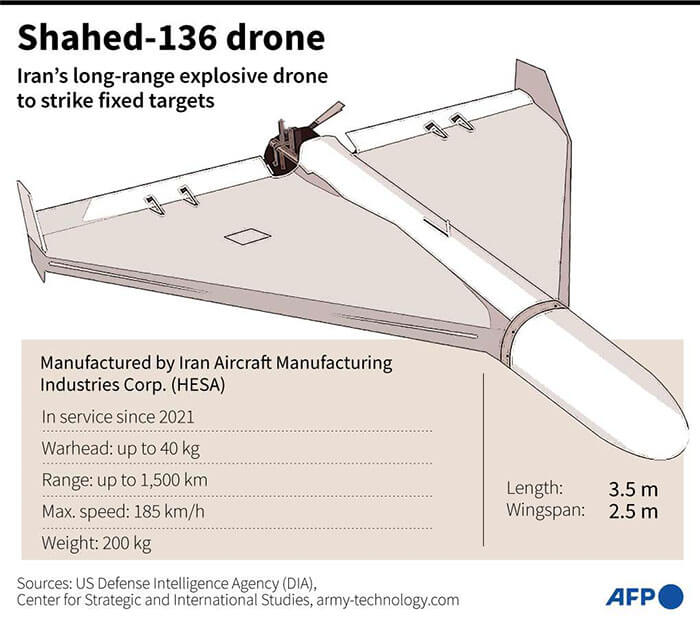
In addition to Ukraine and Israel, there is evidence of Iranian drone presence on at least two other continents, demonstrating Tehran's involvement in numerous international conflicts through the supply of weapons.
During the current war in Sudan, the Islamic Republic has been a key supporter of the Sudanese Armed Forces, supplying Mohajer-6 aircraft in order to impede the advance of the Rapid Reaction Forces and recapture territory.
In Venezuela, one of Tehran's main allies, the Iranian regime has been helping Caracas produce drones locally since 2012. Now, the Venezuelan armed forces use Iranian Mohajer-2 aircraft, as well as the new Mohajer-3 aircraft, which is very similar to the Iranian Shahed-171 aircraft.
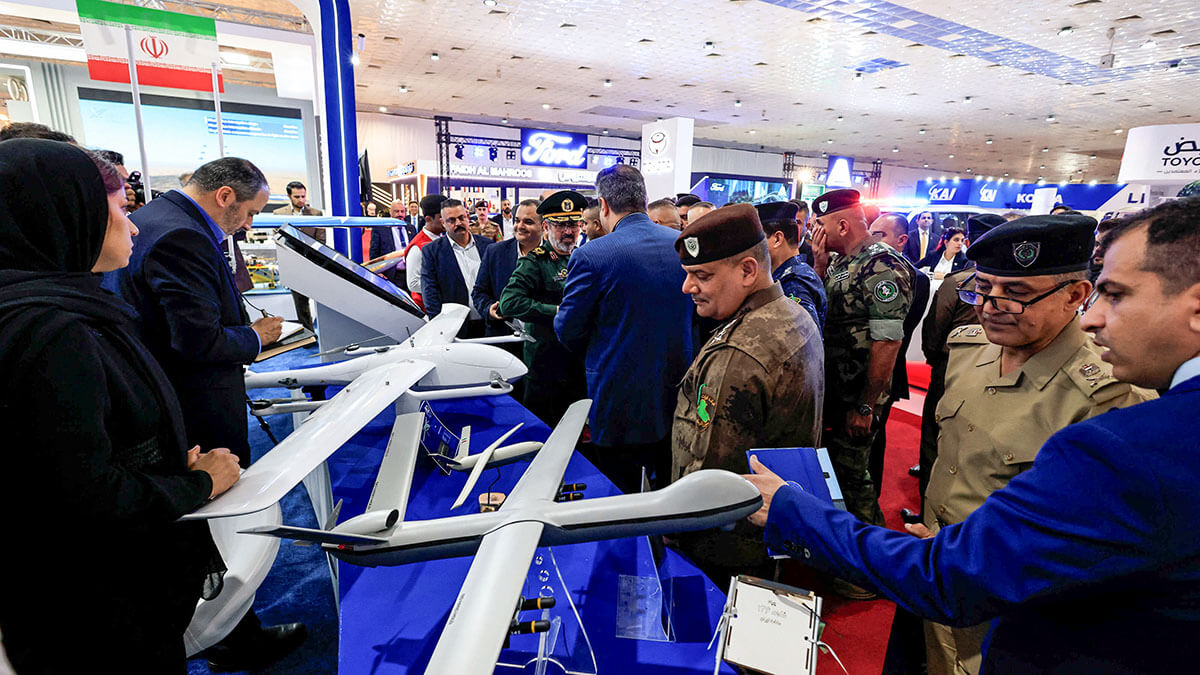
Recently, a member of the Iranian parliament praised the significant increase in military exports over the past three years, noting especially the increase in arms production.
In this regard, the state news agency has noted that Tehran aims to take Turkey's place in the global drone market by 2028, focusing on concentrating at least a quarter of this market share, equivalent to about 6.5 billion dollars.

In addition to supplying drones, Tehran has also facilitated capacity building for countries interested in producing Iranian-designed drones, such as Venezuela. Iran also opened a drone production plant in Tajikistan in 2022 for the production of the Ababil 2 drone.
Another way in which the Iranian regime tries to attract global interest in its weapons is through international defence fairs. In 2024, the Islamic Republic showcased its defence developments and military systems at exhibitions in Malaysia, Qatar and Iraq. It also sent a delegation to participate in an exhibition organised by Saudi Arabia, while Moscow and Belgrade showcased Iranian defence manufacturers at exhibitions the previous year.
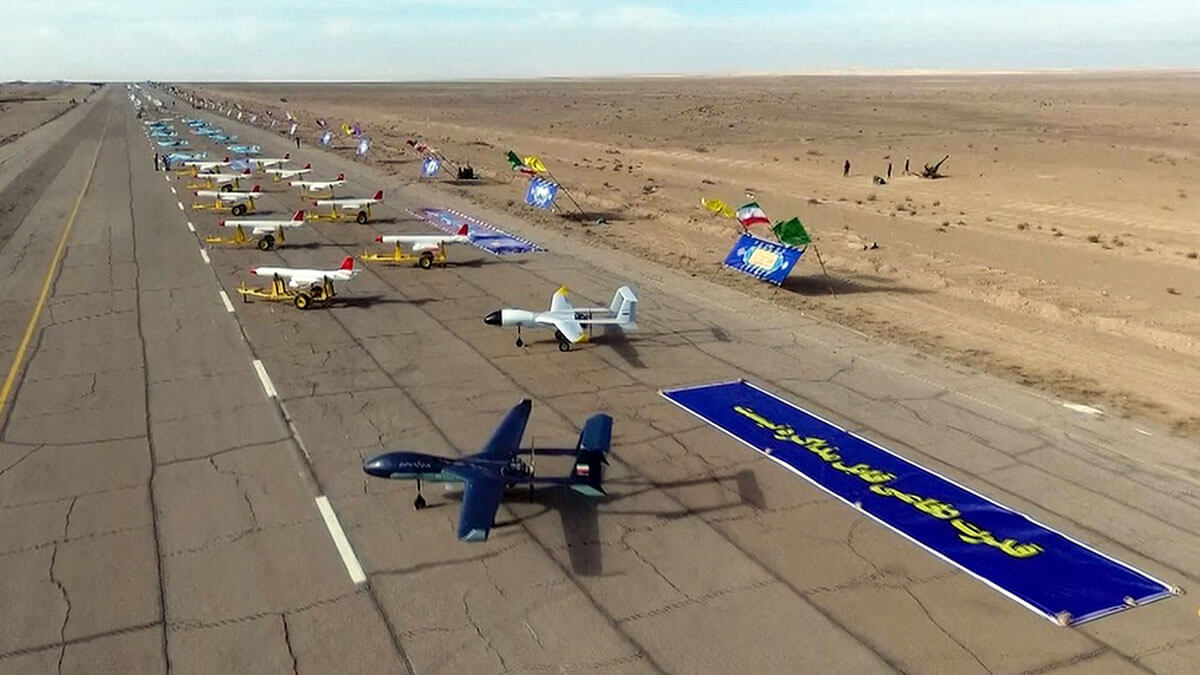
With the exception of US and European sanctions, the Islamic Republic faces no international restrictions on its participation in the global arms trade.
The arms and transfer embargo expired in October 2020 and October 2023 respectively, as stipulated in UN Security Council Resolution 2231.
However, these bans did not prevent Iran from attending regional arms exhibitions, such as in Iraq in the past, missile tests or arms transfers.
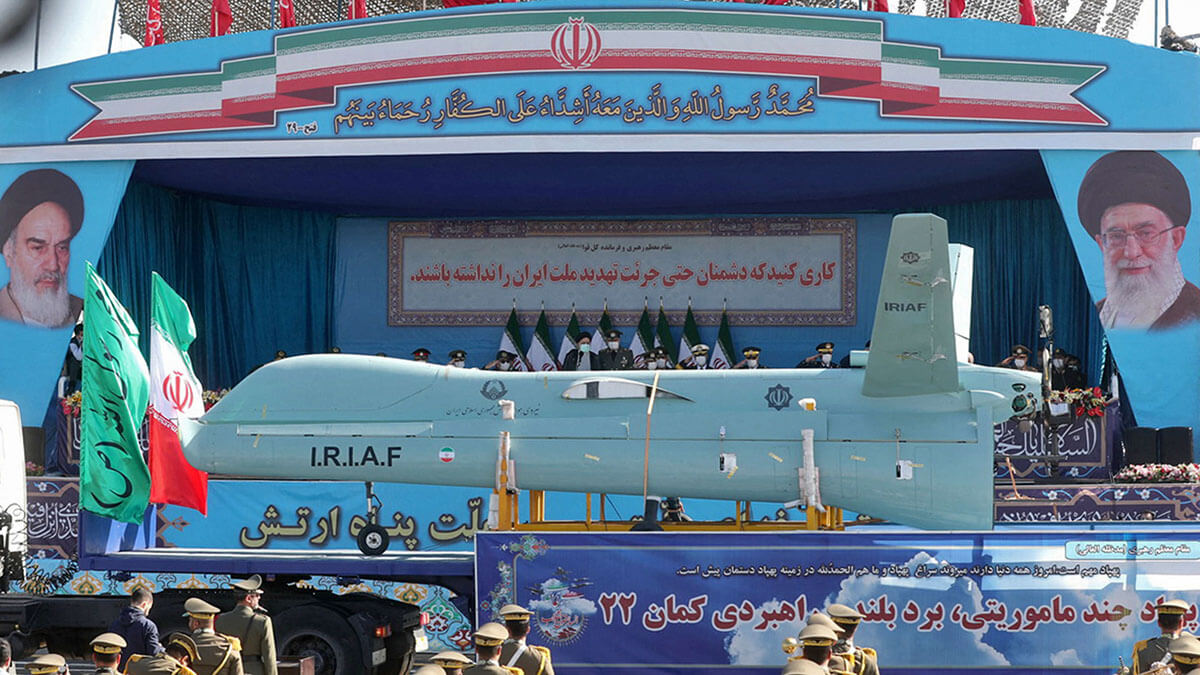
The increasing global proliferation of Iranian arms highlights the need to push for new measures to deter and punish potential sales. However, a new Security Council resolution against Iranian arms exports is unlikely when one of its permanent members - Russia - benefits from Iranian drones and may soon receive ballistic missiles as well.
Before a Resolution 2231 mechanism working to redesign the Security Council veto expires in October 2025, the US must work with its transatlantic partners to restore a permanent ban on arms transfers and missile testing, popularly known as "snapback".
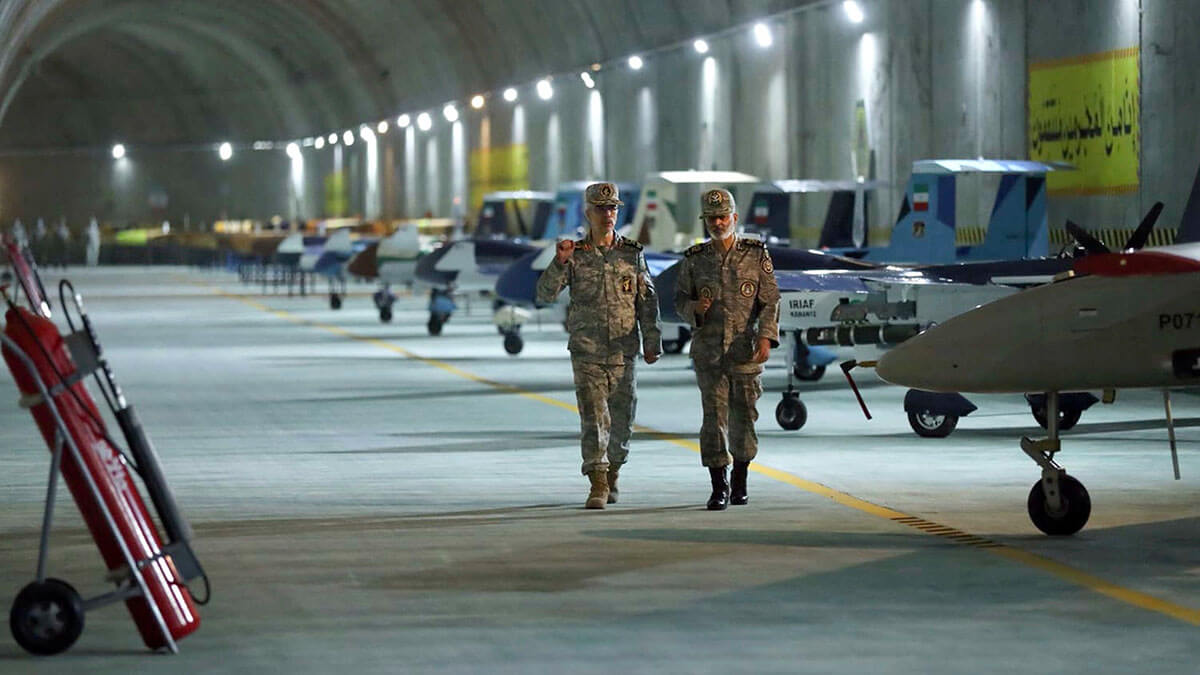
Through this mechanism, Washington can act to impose sanctions on Iranian procurement networks and illicit networks that transfer money for the benefit of the Islamic Republic.
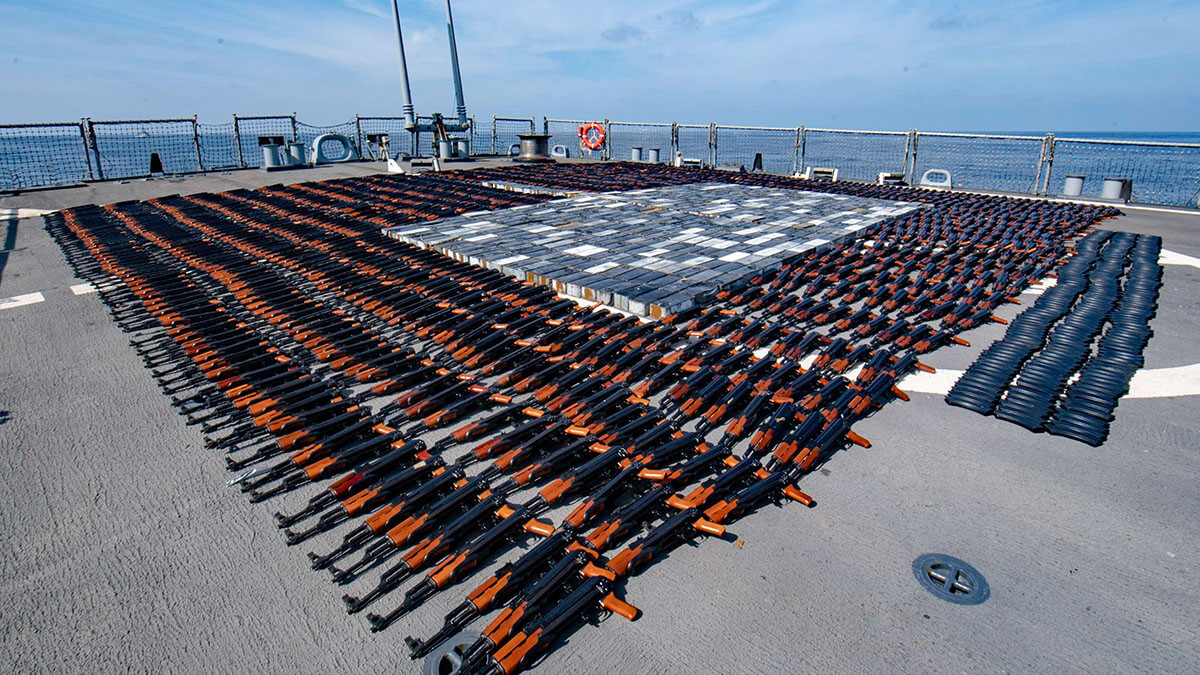
This requires greater multilateral efforts to prevent or interdict arms transfers where possible, as well as raising the issue of Iranian arms transfers in bilateral relations with countries hosting arms fairs that display Iranian weapons or those seeking to purchase them.

